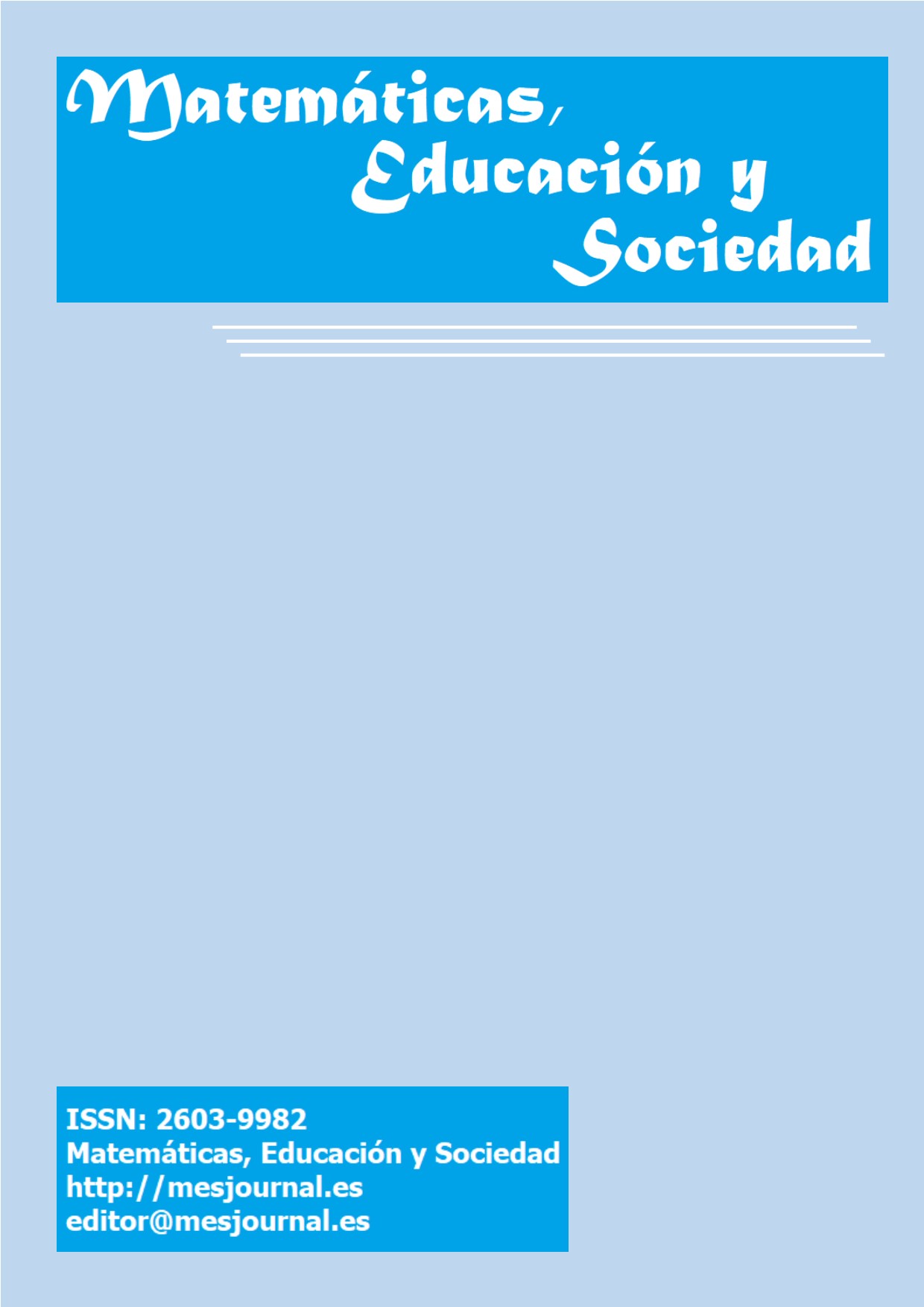Usos del software de geometría dinámica en la formación inicial de profesores de matemáticas
Contenido principal del artículo
Resumen
El objetivo de la investigación es describir los usos que le dan los futuros docentes de matemática al software de geometría dinámica. Es una investigación de campo en el paradigma cualitativo interpretativo, realizada mediante un estudio de caso, el cual estuvo focalizado en el análisis de las producciones de un grupo de trece futuros profesores de matemática, quienes participaron en un curso de resolución de problemas geométricos (16 semanas), como parte de su plan de formación docente en una universidad pública venezolana. Los instrumentos utilizados para la recolección de la información fueron: Archivos Cabri, informes de trabajo y grabaciones de audio y vídeo. Respecto al software, se encontró que los futuros profesores le dieron un uso técnico: empleo de las herramientas para seguir procedimientos, verificar conjeturas y mejorar apariencias; y, un uso heurístico: construcción, exploración, formulación de conjeturas y validación.
Descargas
Detalles del artículo
Esta obra está bajo una Licencia Creative Commons Atribución 3.0 España
Citas
Arzarello, F., Olivero, F., Paola, D. y Robutti, O. (2002). A cognitive analysis of dragging practises in Cabri environments. ZentralblattfürDidaktic der Mathematik, 34 (3), 66 – 72.
Cruz, M.F. y Mantica, A.M. (2017). El uso del software de geometría dinámica en la formulación y validación de conjeturas. UNIÓN. Revista Iberoamericana de Educación Matemática, 51,69-72.
González López, M.J. (2001). La Gestión de la Clase de Geometría utilizando Sistemas de Geometría Dinámica. En P. Gómez y L. Rico (Eds.), Iniciación a la Investigación en Didáctica de la Matemática. Homenaje al Profesor Mauricio Castro (pp. 277 – 290). Granada: Universidad de Granada.
Gutiérrez, R. E.; Prieto, J. L. y Ortiz, J. (2017). Matematización y trabajo matemático en la elaboración de simuladores con GeoGebra. Educación Matemática, 29 (2), 37-68.
Iglesias, M. y Ortiz, J. (2015). La Investigación en Pensamiento Geometrico y Didáctica de la Geometría. En J. Ortiz y M. Iglesias (Eds.), Investigación en Educación Matemática. Aportes desde una Unidad de Investigación. La Morita: Universidad de Carabobo. Disponible: http://funes.uniandes.edu.co/8365/
Mammana, C. y Villani, V. (1998). Introduction. En C. Mammana y V. Villani (Eds), Perspectives on the Teaching of Geometry for the 21st Century. An ICMI Study (pp. 1 – 8). Dordrecht, The Netherlands: Kluwer Academic Publishers.
Manzano Mozo, J.; Gómez García, M. y Mozo Fernández, J. (2017). Mecanismos articulados: Geometría Dinámica y Cinemática en un entorno educativo STEM. Innoeduca, 3 (1), pp. 15-27.
Ortiz, J., Iglesias, M. y Paredes, Z. (2013). El análisis didáctico y el diseño de actividades didácticas en matemáticas. En L. Rico, J.L. Lupiáñez y M. Molina (Eds.), Análisis Didáctico en Educación Matemática. Metodología de Investigación, Formación de Profesores e Innovación Curricular (pp. 293 – 308). Granada: Comares.
Perry, P., Camargo, L., Samper, C. y Rojas, C. (2006). Actividad demostrativa en la formación inicial del profesor de matemáticas. Bogotá: Fondo Editorial de la Universidad Pedagógica Nacional.
Prieto González, J. L. (2016). GeoGebra en diferentes escenarios de actuación. Revista Electrónica Conocimiento Libre y Licenciamiento (CLIC), Nro 14, Año 7, 9-23.
Rodríguez Gómez, G., Gil Flores, J. y García Jiménez, E. (1999). Metodología de la Investigación Cualitativa. Málaga: Ediciones Aljibe.
Sabariego Puig, M. (2012). La Investigación Educativa: Génesis, Evolución y Características. En R. Bisquerra (Coord.), Metodología de la Investigación Educativa (pp. 51 – 87). Madrid: La Muralla.
Universidad Pedagógica Experimental Libertador (UPEL). (2006). Manual de Trabajos de Grado de Especialización y Maestría y Tesis Doctorales. Caracas: FEDEUPEL.
Yin, R. K. (2003). Case Study Research. Design and Methods. Thousand Oaks, United States of America: Sage.
Cabri – Géomètre II. Copyright Laboratorio de Estructuras Discretas y de Didáctica (IMAG) de la Universidad Joseph Fourier de Grenoble, 1997 – 1999. Editor: Texas Instruments.

